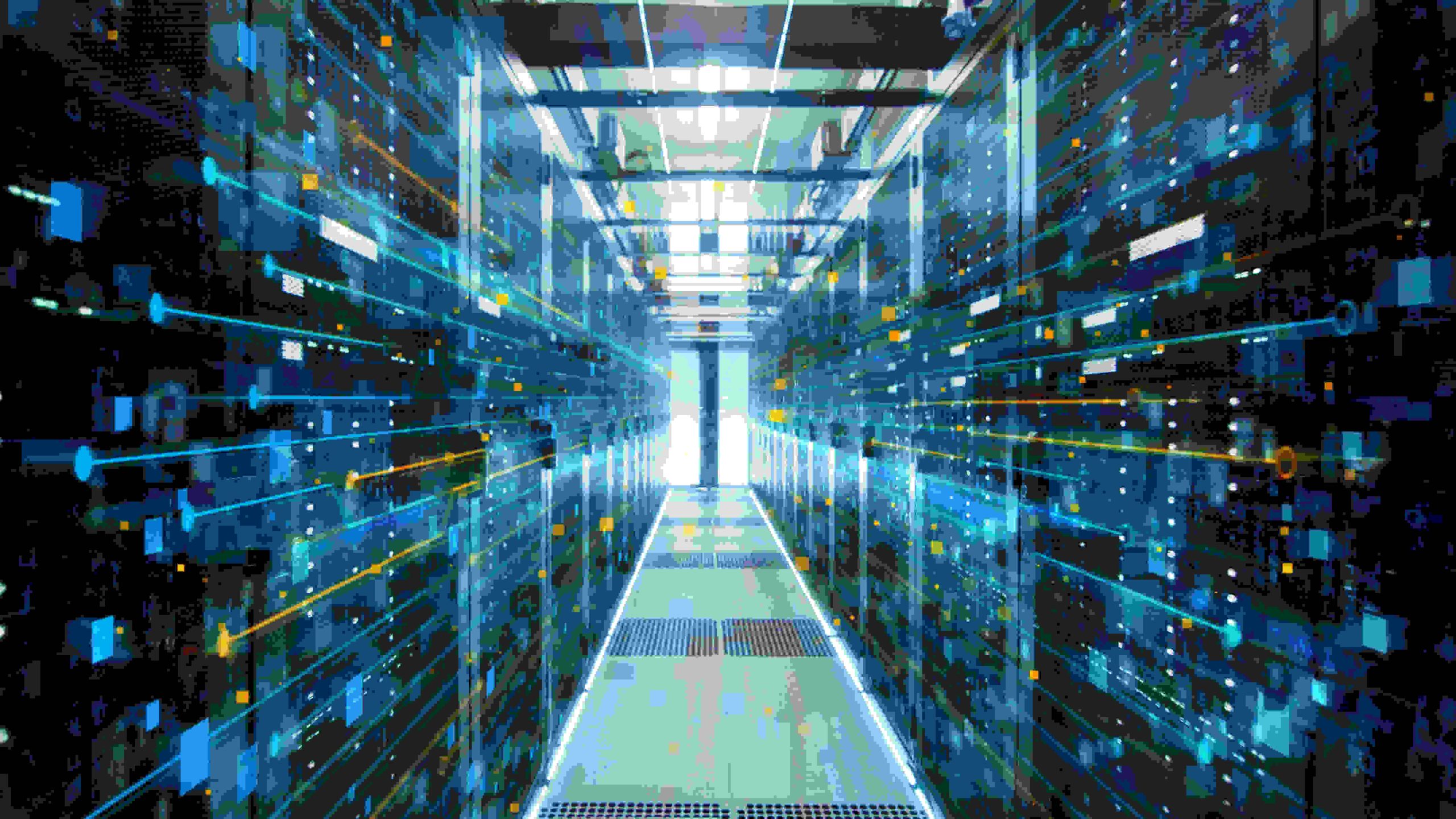Tackling the Data Centre Efficiency Challenge Through Optimisation. In today’s digital age, driven by rapid cloud adoption and the rise of AI technologies, the demand for data centre bandwidth has surged, resulting in a global expansion of data centre infrastructure. However, this exponential growth is increasingly colliding with practical limitations such as sustainability targets, spatial constraints, and tight budgets. While governments and policymakers acknowledge the vital role data centres play in fostering economic growth, productivity, and innovation, concerns around their environmental impact—particularly in terms of energy and water consumption—remain a contentious issue. Against this backdrop, optimisation has emerged as a critical strategy to extract greater performance from existing data centre infrastructure without exacerbating these challenges.
With cities, consumer technologies, and everyday life becoming more digital, the need for computational power will only intensify. This places CIOs and IT leaders under pressure to deliver high-performance computing while managing environmental commitments and constrained resources. While some organisations have responded by building new, energy-efficient data centres, there is growing recognition that optimising current infrastructure can yield substantial gains. By modernising and upgrading existing systems, organisations can unlock improved performance, lower costs, and reduce environmental impact—all without the need for entirely new facilities.
One powerful example is the LUMI supercomputer in Finland, which is powered entirely by carbon-free hydroelectric energy. It even recycles waste heat to warm local homes, illustrating how creative infrastructure design can serve both operational and community needs. However, even the most energy-efficient designs will be tested by the rising computational demands of AI. Modern AI workloads are power-intensive and data-heavy, which means data centres must evolve rapidly to stay scalable and sustainable.
A key opportunity lies in replacing ageing hardware. Many data centres continue to operate with servers over a decade old, often only upgrading when absolutely necessary to avoid large capital expenditures. Yet, the gains from moving to modern hardware can be significant. According to industry forecasts, global data centre capacity is expected to grow from 180 GW in 2024 to 296 GW in 2028, while electricity consumption will increase by an even steeper margin. New systems not only complete tasks more efficiently but also reduce the number of racks and systems required, thereby freeing up space for experimentation and future growth.
This shift also enables data centres to embrace emerging technologies like hyper-efficient chips, which reduce both energy usage and cooling needs. It’s a smarter approach that can fast-track return on investment, especially for AI workloads where experimentation is essential before scaling. For instance, organisations can deploy small-scale proof-of-concept racks, test new AI models, and only scale once performance and energy efficiency are proven.
When planning an infrastructure upgrade, IT leaders must weigh several factors. Simply investing in the most powerful chip available isn’t always the answer. Data centre needs vary widely, and a thoughtful mix of hardware and software solutions is essential. A good example is Kakao Enterprise, a South Korean cloud provider that deployed a mix of 3rd and 4th Gen AMD EPYC processors to handle diverse workloads. This strategy cut their server count by 60%, boosted performance by 30%, and halved total cost of ownership.
Scalable, end-to-end solutions are key. Providers that combine high-performance processors with robust networking, flexible system architecture, and open software environments allow for seamless integration and efficient operation. Moreover, the ability to easily update or swap out components means data centres can evolve alongside changing technological demands.
Companies that continually invest in advanced systems and AI capabilities will be best placed to lead this transition. AMD, for example, has achieved a 38× improvement in node-level energy efficiency over five years—a 97% energy reduction for the same performance. Innovations like these are making it possible to scale AI and high-performance computing in a sustainable way.
As we enter a future increasingly defined by digital infrastructure, the ability to balance growing compute needs with environmental responsibility will define long-term success. The path forward lies in working smarter with the resources already in place. Through strategic optimisation, data centres can turn current constraints into opportunities, paving the way for more efficient, scalable, and sustainable operations that are ready to meet tomorrow’s digital demands.
